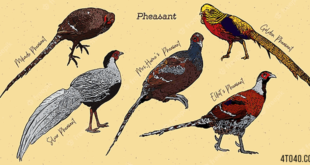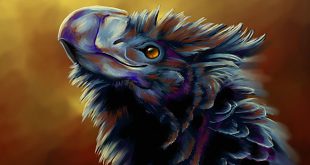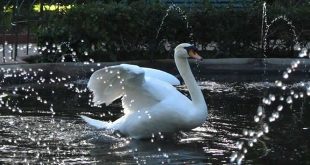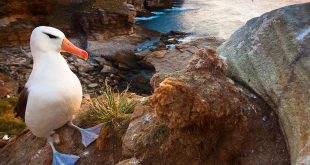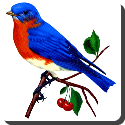 Bluebird — The bluebirds are medium-sized, mostly insectivorous or omnivorous birds in the genus Sialia of the thrush family Turdidae.
Bluebird — The bluebirds are medium-sized, mostly insectivorous or omnivorous birds in the genus Sialia of the thrush family Turdidae.
These are one of the relatively few thrush genera to be restricted to the Americas. As the name implies, these are attractive birds with blue, or blue and red, plumage. Female birds are less brightly colored than males, although color patterns are similar and there is no noticeable difference in size between sexes.
Bluebirds are territorial, prefer open grassland with scattered trees and are cavity nesters (similar to many species of woodpecker). Bluebirds can typically produce between two to four broods during the spring and summer (March through August in the Northeastern United States). Males identify potential nest sites and try to attract prospective female mates to those nesting sites with special behaviors that include singing and flapping wings, and then placing some material in a nesting box or cavity. If the female accepts the male and the nesting site she alone builds the nest and incubates the eggs.
Predators of young bluebirds in the nests can include snakes, cats and raccoons. Non-native bird species competing with bluebirds for nesting locations include the Common Starling and House Sparrow, both of which kill adult bluebirds sitting on their nests along with the young and eggs in order to claim the nesting site.
Bluebirds are attracted to platform bird feeders, filled with grubs of the darkling beetle, sold by many online bird product wholesalers as mealworms. Bluebirds will also eat raisins soaked in water. In addition, in winter bluebirds use backyard heated birdbaths.
By the 1970s bluebird numbers had declined by estimates ranging to 70% due to unsuccessful competition with house sparrows and starlings, both introduced species, for nesting cavities, coupled with a decline in habitat. However, in late 2005 Cornell University’s Lab of Ornithology reported bluebird sightings at many locations in the southern U.S. as part of its yearly Backyard Bird Count, a strong indication of the bluebird’s return to the region. This upsurge can largely be attributed to a movement of volunteers establishing and maintaining bluebird trails.
 Kids Portal For Parents India Kids Network
Kids Portal For Parents India Kids Network
